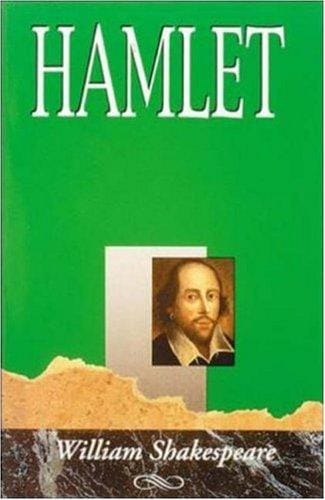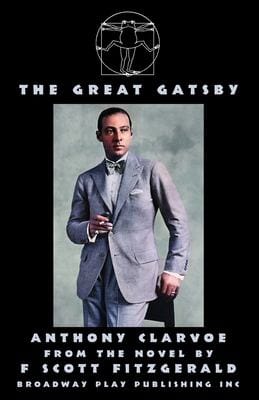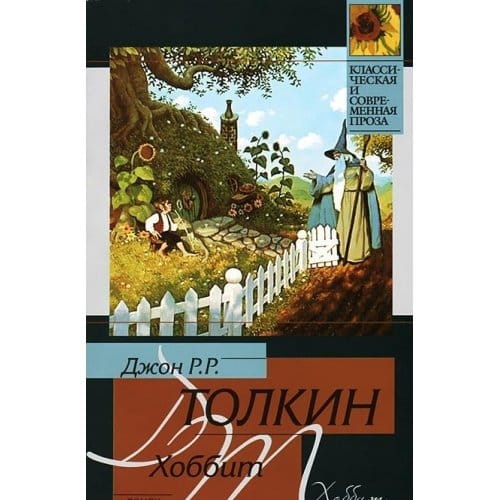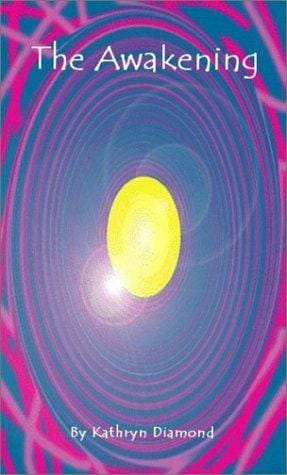Exploring the Enduring Magic of Alice in Wonderland
Discover the plot, themes and cultural legacy of Lewis Carroll's Alice in Wonderland in this concise literary guide.
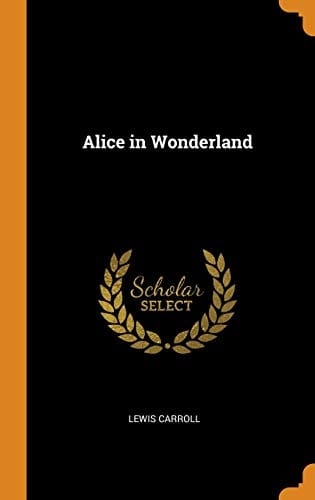
Introduction
Since its publication in 1865, Lewis Carroll’s “Alice’s Adventures in Wonderland” has entranced children, scholars and pop-culture creators alike. The novel’s dreamlike logic, playful language and unforgettable cast of characters invite readers to wander far beyond the constraints of ordinary storytelling. More than simple fantasy, Carroll’s work is a multilayered exploration of identity, reason and imagination, making it a touchstone for literary innovation and a perennial favorite on bookshelves around the world.
Brief Synopsis
The tale begins on a languid summer afternoon when young Alice, bored by her sister’s book, spots a White Rabbit anxiously checking his pocket watch. Curiosity piqued, she follows him down a rabbit hole and tumbles into Wonderland, a realm where physical laws and social norms twist into absurdity. Here she drinks potions that shrink her to mouse size, nibbles cakes that stretch her taller than treetops, swims in a pool of tears and attends a madcap tea party with the Mad Hatter and March Hare. After navigating bizarre encounters with a hookah-smoking Caterpillar, a grinning Cheshire Cat and living playing cards, Alice is dragged into a surreal croquet match ruled by the tyrannical Queen of Hearts. Just as the Queen orders Alice’s execution, the girl awakens beneath a tree, realizing her fantastical journey was a dream—yet one vivid enough to linger in her waking imagination.
Major Themes
Identity and Growing Up. Throughout the narrative, Alice repeatedly asks, “Who in the world am I?” Her fluctuating size mirrors the elastic self-image of childhood and the struggle to find one’s place in an ever-changing social landscape. Wonderland’s challenges force her to test boundaries and assert herself, echoing the real-world journey from innocence to self-knowledge.
Logic and Nonsense. Carroll, a mathematician, delights in bending formal logic until it snaps. Paradoxes, riddles and circular arguments expose the limitations of strict reason, suggesting that creativity often blossoms when rules are questioned or inverted.
Power and Authority. From the self-important Rabbit to the mercurial Queen, Wonderland’s rulers are arbitrary and unpredictable. Their exaggerated authority serves as a satire of Victorian social hierarchies, inviting readers to view power with skepticism and humor.
Symbolism in Wonderland
The novel’s imagery works on both literal and metaphorical levels. The rabbit hole represents portals to the subconscious, encouraging a plunge into hidden desires and fears. Size changes symbolize emotional volatility and the awkwardness of adolescence. The Cheshire Cat, fading until nothing but its grin remains, embodies the elusive nature of meaning itself—sometimes happiness, sometimes irony. Even the playing cards evoke the fragile, two-dimensional constructs that prop up social order; they may appear formidable, yet can be shuffled or overturned with ease.
Language, Wordplay and Logic Games
Carroll’s penchant for puns, portmanteaus and riddles turns the novel into a playground for linguists. Sentences twist back on themselves, songs become parodies and well-known proverbs are scrambled into witty nonsense. This linguistic gymnastics not only amuses but also underscores the idea that language is flexible, subjective and often unreliable. For students of literature, the book offers a masterclass in tone and rhythm, revealing how verbal music can steer mood and pace.
Cultural Legacy
Few works enjoy the omnipresence of “Alice in Wonderland.” Walt Disney’s 1951 animated adaptation cemented its modern-icon status, while Tim Burton’s 2010 live-action film reintroduced Wonderland to new generations. The book has inspired visual artists like Salvador Dalí, musicians from Jefferson Airplane to Taylor Swift, and fashion designers who constantly reinvent Alice’s blue dress and headband. In digital culture, “going down the rabbit hole” has become shorthand for falling into Internet-fueled obsession. Academic disciplines—from psychoanalysis to quantum physics—appropriately reference the story to illustrate concepts of perception and alternate realities.
Reading Tips for Modern Audiences
Approaching “Alice” today, consider reading aloud to savor its rhythm or pairing it with John Tenniel’s original illustrations, which anchor the fantasy in Victorian aesthetics. Annotated editions illuminate obscure Victorian jokes that might otherwise slip by. Finally, resist the urge to decode every symbol; part of Wonderland’s charm lies in its refusal to be pinned down to a single meaning.
Conclusion
More than 150 years after its debut, “Alice’s Adventures in Wonderland” continues to challenge assumptions, provoke laughter and spark philosophical debate. Whether encountered as childhood bedtime fare or university coursework, the novel invites readers to question rigid thinking and embrace curiosity. Like Alice, we emerge from the rabbit hole changed—aware that logical absurdity can reveal deeper truths and that wonder, once found, is never easily forgotten.
